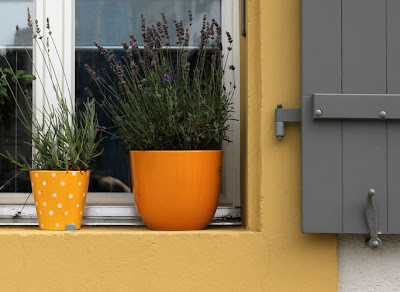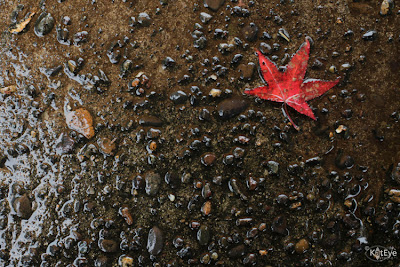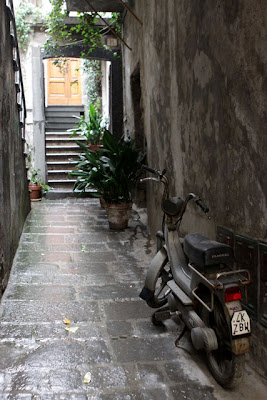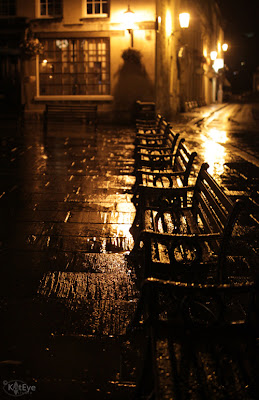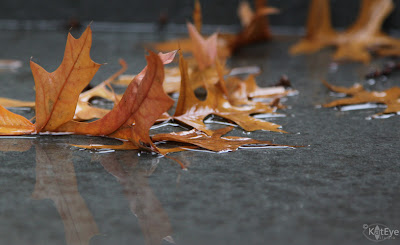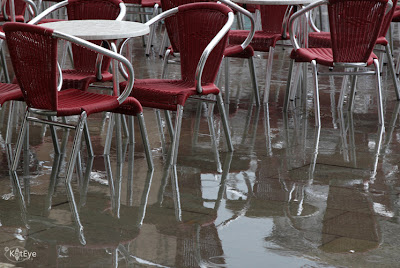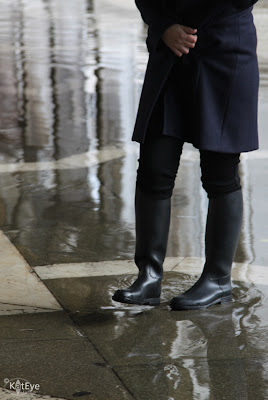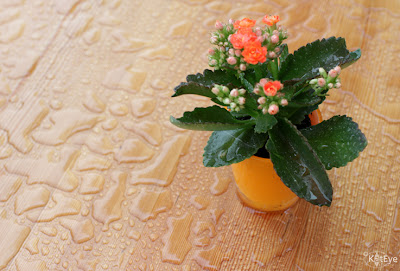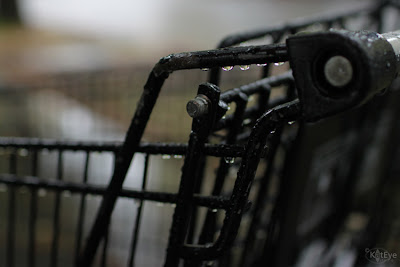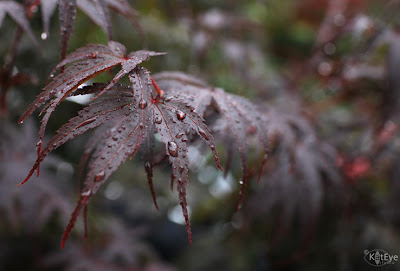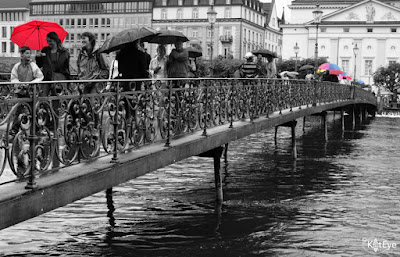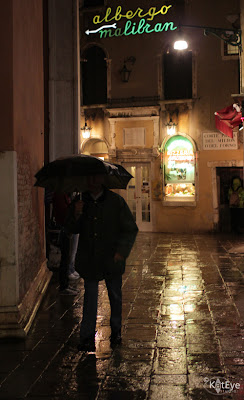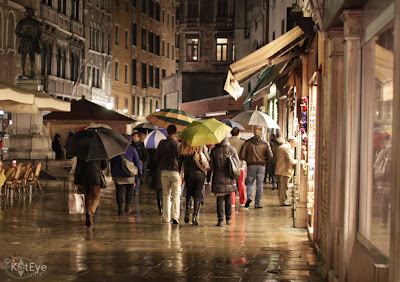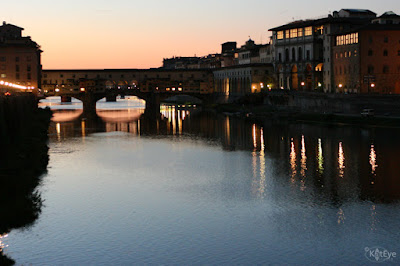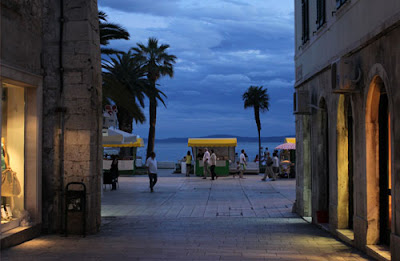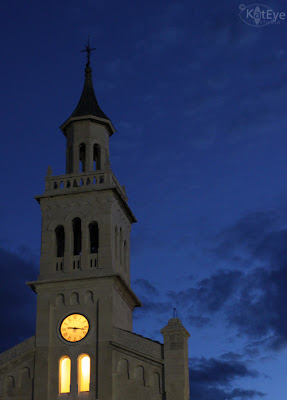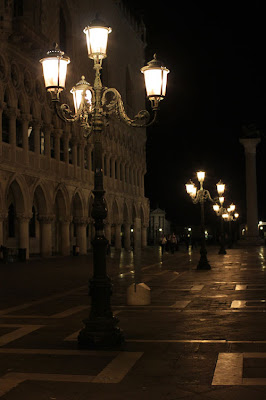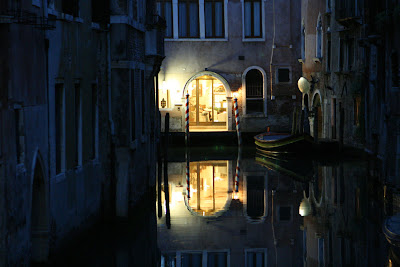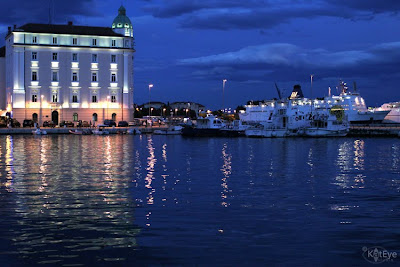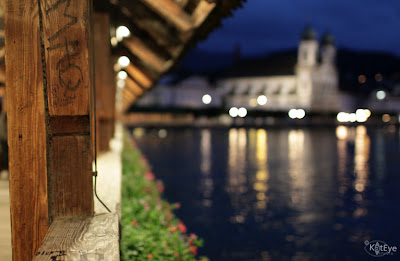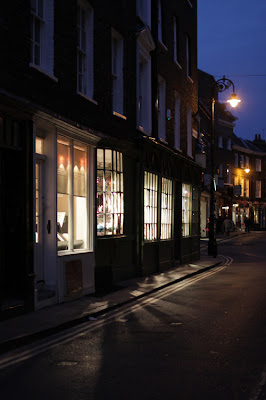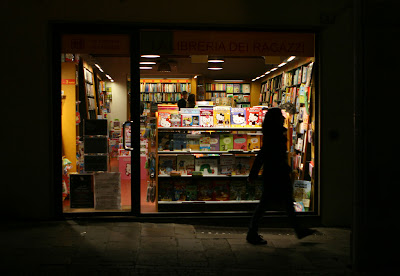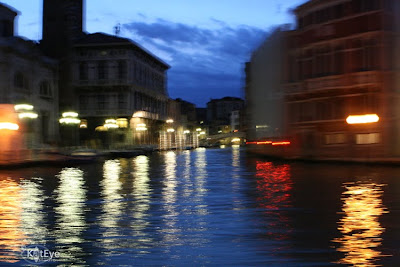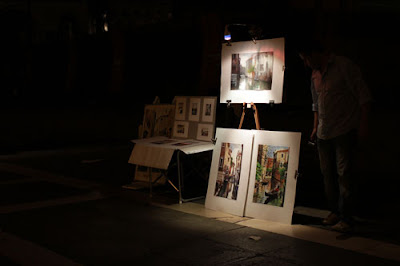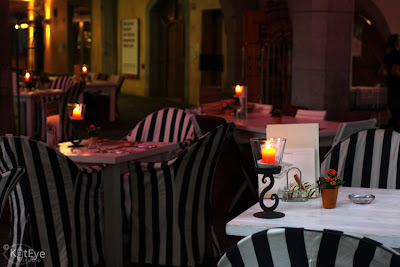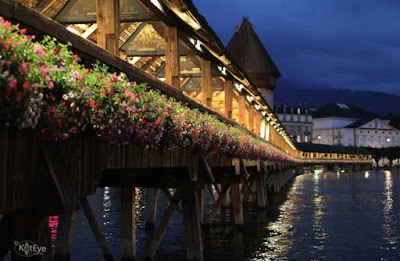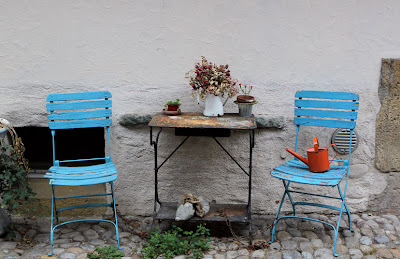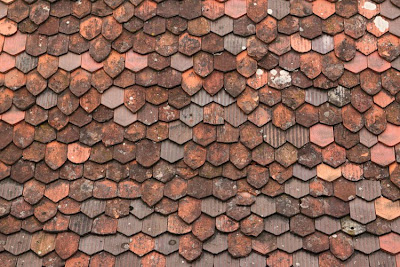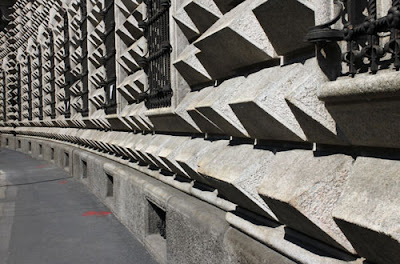In the last post I talked about how changing up your schedule can help free up your creative energy to find your purpose and passion. Today I’m going to explore the next key element I’ve learned during my time in Italy: Find a Regular Practice.
In many personal development books I’ve read, the idea of a “daily practice” is somehow incorporated. One of the first ones I encountered was in Julia Cameron’s The Artist’s Way, where the “morning pages” are a crucial part of her process. Over time I’ve noticed almost every personal growth or spiritual philosophy incorporates and encourages some form of contemplative activity on a regular basis.
I have started and stopped different daily practices depending on the books I’m reading or the programs I’m following. Over time though, with trial and error, I have settled in to three main things that work for me as part of a regular practice: Inspirational reading, journaling and walking. These three items are complementary and work together for me to keep me balanced and centered, as well as open and ready to receive ideas. They help keep me in touch with my intuition and those messages from my authentic self.
I don’t have a regimented schedule with my practice. In fact, that’s why I say “regular practice” and not “daily practice” in the title. Here’s what my practice looks like:
Most mornings of the week I will get up and get my cup of tea (I guess we can add “tea” in as part of the practice), and then sit down to read something that I’m interested in. This is not fiction reading – it could be essays, part of a book on creativity, something on personal development. I have a number of books in progress sitting next to me, and I’ll pick up whichever one strikes me. I read a few pages and then I journal for a little while. Sometimes the journaling is on what I’ve read, sometimes it is on a problem that is on my mind, sometimes it’s just random ideas I want to capture. Once I start to write, I write until I feel done. That could be one paragraph or several pages, depending on what’s coming. Later in the morning (that morning creative time I talked about before!) I will often go for a walk or jog, with no music to distract me, in the park near my home.
I don’t do all of these every day – in fact most mornings I do 1 or 2 of the 3 – but over time I engage regularly in all of these activities.
This group of practices combine in an amazing way for me. It’s as if I get creative fuel, raw ideas, from the reading. The journaling helps me clear out the blockages in my brain and my emotions from daily life, which creates the space in myself for new ideas to be generated. With that open space and creative fuel available, the walk becomes where I receive the resulting messages and ideas. Sometimes the reading sparks an idea that I subsequently write about in my journal, which leads to making a connection or discovery about myself. Sometimes something I’ve written about in my journal or something I’ve read will sit in my mind and I’ll mull it over, and it comes out as some new idea during a walk – possibly days later. It is amazing how many creative ideas, how many realizations that have led me to my passion and purpose, have come to me during these walks. I now keep a small notebook with me at all times, just to capture the ideas.
I also find, in the process of all of this amazing idea generation and self discovery, I gain perspective on my life in general. I’m able to let go of the damaging focus on stressful situations. I am able to disconnect from the things that previously would wrap me up – preventing sleep, contributing to bad moods, generally coloring my life negatively. I can see problems with a new view.
There is nothing new in the ideas of a regular practice, or the activities that comprise my practice. As mentioned above, many personal or spiritual development programs have incorporated these elements, time and time again. They all have a plan – if you do it this way, on this frequency, you will reap these rewards. While that is probably true for the creator or author of the program, I think part of this key is that each of us has to find what works for us. If we follow a regimented plan that doesn’t really connect with us, even if we see some initial benefit we won’t sustain it long term.
One of the most important elements of defining a practice is occasionally losing the practice – falling off the wagon, stopping it, letting it dribble away. It may seem counter-intuitive, but these are actually very important occasions for really integrating and owning your own practice. It’s through the losing of it, and seeing the results of losing it in our selves – how we feel, how we interact, how it affects our lives – that we become truly committed. For me, it’s taken time – starting and stopping and restarting again – to finally come to the point that I learn to choose the practice over the other things that compete for my time.
That’s not to say that I don’t skip it sometimes for an extended period. Vacations, business trips, certain busy times come along for a week or two. But during these times I know they are coming, consciously prepare myself and make the choice to skip it, and then make the choice to come back to it when that brief time is over. I’ve found that for me, a week or so of skipping isn’t damaging. I can remain centered and grounded and can come back to it. Beyond two weeks, however, and I start to lose some essential pieces of myself, my connection to my core. I now recognize this change and am not willing to lose my practice anymore. It’s a wonderful feeling – to make the choice based on what’s best for me.
Here are my ideas about how you can apply this key concept of “Find a Regular Practice” to your life too:
- Start experimenting with some different practices. These could be similar to mine, or they could be other practices like running, yoga, meditating, creating art, etc. You might already have something that you’ve started and stopped over time.
- When you find one that makes you feel good – when you are done you feel refreshed, revived, centered, clear – stick with that one for a while. Note how you feel when you do it, and when you don’t do it. Experiment with different times of the day, tap into the peak of your energy cycle as discussed in Change up Your Schedule for maximum impact.
- Start with one practice at a time, don’t go overboard trying to start two or three new things. You will probably give them all up if you do that! My practice has evolved over time to these three, but I didn’t start out with all three. I started with the journaling, eventually added the reading and latest the walking. I’ve done them all off and on but have recognized over time how they work together.
- Don’t follow someone else’s regimented schedule. Maybe start out with suggestions, but experiment, shift, tailor your practice to yourself. We all have different needs, consider any defined practices a starting place. It’s like a buffet, you get to pick and choose what you want to incorporate into your life. There will be people who swear by their schedule, their program – because it works for them. Remember you have to find what works for you.
- When you have let the practice go, and realize that you have let extraordinary circumstances or even everyday life run you over, be kind to yourself. Notice how you feel without it, contrast that with how you felt when you were regularly practicing. Decide if the practice is something you want in your life or not, if it’s worth it to you to make the changes to incorporate the practice as a regular part of your schedule. It’s a choice, it’s up to you. Don’t judge yourself or place unnecessary rules on yourself, be honest and true to the answers you find within.
When you do these things, when you find a regular practice that truly works for you, I can guarantee you won’t want to let it go. The connection that you gain to your true self, your center, becomes vital. The clarity that you will find, the ability to be open and listen to what your authentic self has to say, will help you to discover your passion and purpose better than any other prescribed method around.
(Photo is from Murten, Switzerland)
